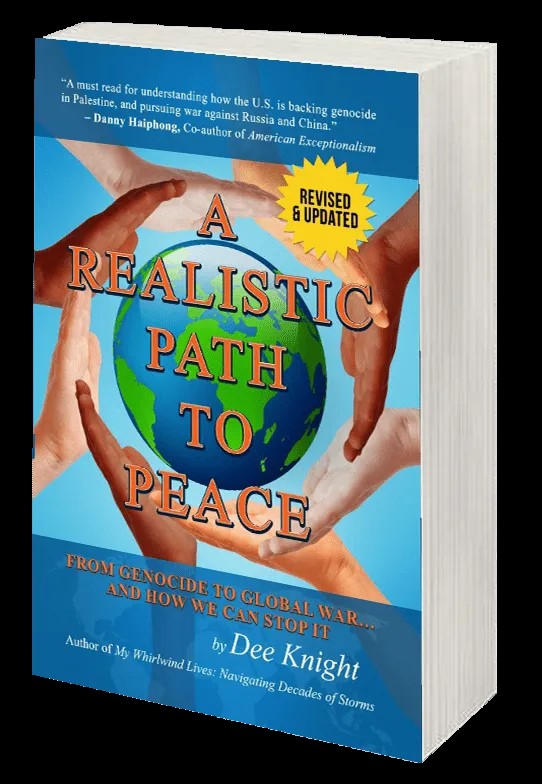
“A Realistic Path to Peace” delves into the complex issues behind conflicts in regions like Israel, Ukraine, Russia, West Asia, and East Asia. The book aims to differentiate between facts and propaganda, revealing how people are often misled into supporting wars. It also highlights the efforts of individuals and nations striving for peace.
The world is currently facing a significant crisis. The influence of the United States is waning, and its leaders are making grave mistakes. Some powerful individuals in Washington, D.C., are determined to maintain the U.S.’s global dominance at any cost, fearing that their entire system could collapse if another country rises to challenge them.
To maintain control, the U.S. government supports Israel by providing weapons, money, and questionable moral justifications for its actions against Palestinians. An extreme example is the destruction of the Nord Stream pipeline, demonstrating their willingness to take drastic measures.
Western European leaders have been pressured into forming a unified NATO alliance against Russia and in support of Israel. Originally a group of North Atlantic countries led by the U.S. after World War II, NATO is now expanding to Asia to curb China’s economic growth. This expansion aims to keep Western control over global trade, threatened by China’s success.
A new peace movement is emerging despite facing significant challenges. This movement has to counter a wave of war hysteria generated by Washington and spread by mainstream media, which often lacks independence and objectivity. However, as more facts come to light, the peace movement is expected to grow stronger.
The negative effects of sanctions and war, combined with the truth coming out, will likely inspire more people to join the fight for peace. The peace movement is gaining momentum as it counters the narrative pushed by those in power who benefit from conflict and instability.
The book points out that a few powerful voices can influence large masses through propaganda to create support for wars. It emphasizes the need to question what we are told. This way, people will know the right information and the real reasons behind such conflicts, contributing to the search for non-violent solutions.
The author argues that American leaders are making catastrophic errors as they try to maintain the country’s dominant status. These mistakes harm people in other countries and also affect ordinary people in the U.S. War is costly not only in terms of money but also in human lives and suffering. The book urges people to reflect on the actual effects of these policies and call for change.
A key point in the book is the role of the media in shaping public opinion. According to the author, mainstream media is used more to sell government policies than to provide balanced reports. This lack of objective journalism weakens society’s ability to understand the nature of conflicts and see the possibility of peaceful coexistence.
The book also highlights the importance of grassroots movements and international cooperation. It shows how ordinary people from across the globe are rallying for change to stop hostility and advocate for peace. Such efforts, however small they may seem compared to the noise of conflict, are crucial in building a less hostile society.
“A Realistic Path to Peace” suggests reconsidering how peace is being sought in modern conflicts. It encourages readers to think beyond the headlines and question the agendas of those in power. By doing this, people can join global efforts to pursue peace and fight for justice in conflict-prone regions of the world.